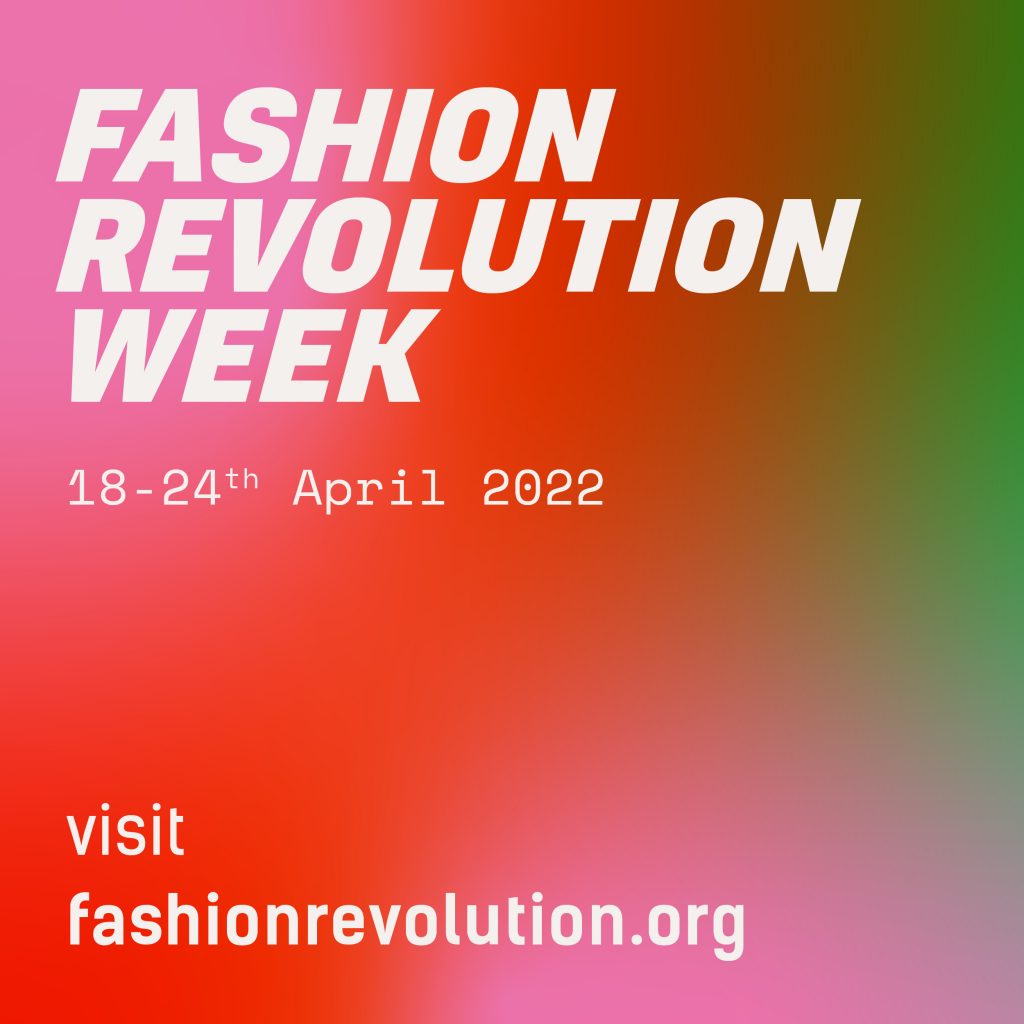
This is not a fashion week!
Fashion Revolution movement was founded by Orsola de Castro in the wake of the Rana Plaza (Bangladesh) disaster on 24 April 2013, where 1134 people died and 2515 were injured including many children because there were also kindergartens in the building.
The eight floors building contained a number of mainly fast fashion garment factories, a bank, flats and numerous other shops. When cracks were noticed in the building, the shops and the bank on the lower floors were closed, while the warning to avoid using the building was ignored by the owners of the textile factories. In fact, the workers were ordered to return the next day, the day the building collapsed during the morning rush hour.+
If you read the labels on the clothes in your wardrobe, how many of your clothes are made in Bangladesh? A lot. Even in mine. Because this is one of the countries where big companies have their clothes made because labour is cheaper. Sustainability does not only mean research and quality of materials and respect for the environment, but also guaranteeing workers in the textile industry an adequate quality of work and a salary that guarantees a dignified lifestyle.
What Fashion Revolution aims to?
- An end to human and environmental exploitation in the global fashion industry
- Safe, dignified working conditions and living wages for all people in the supply chain
- Redistributed and more equal balance of power across the global fashion industry
- A bigger and stronger labour movement in the global fashion industry
- A global fashion industry that works to conserve precious resources and regenerate ecosystems
- A culture of transparency and accountability across the value chain
- An end to throwaway culture and shift to a system where materials are used for much longer and nothing goes to waste
- Heritage, craftsmanship and local wisdom are recognised and valued

What can you do to change the fashion system?
The theme for this year’s Fashion Revolution Week is MONEY FASHION POWER.
The mainstream fashion industry is built upon the exploitation of labour and natural resources. Wealth and power are concentrated in the hands of a few, and growth and profit are rewarded above all else. Big brands and retailers produce too much too fast, and manipulate us into a toxic cycle of overconsumption. Meanwhile, the majority of people that make our clothes are not paid enough to meet their basic needs, and already feel the impacts of the climate crisis – which the fashion industry fuels. As global citizens, we all have the power to take action. So what you can do?
- Take a photo with your favourite garment and tag the brand by asking #whomademyclothes? or #whomademyfabric?
- Share the contents of Fashion Revolution and make your friends and acquaintances aware of these important issues (download materials here)
- Find your local country team and participate in the events, if you are from Milan join us! Here
Fashion Revolution is the largest fashion activism movement in the world, mobilising citizens, brands and policy makers through research, education and advocacy. Want to change the fashion world? JOIN US!
Read the article I wrote for the last edition of Fashion Revolution Week 2021 Here

